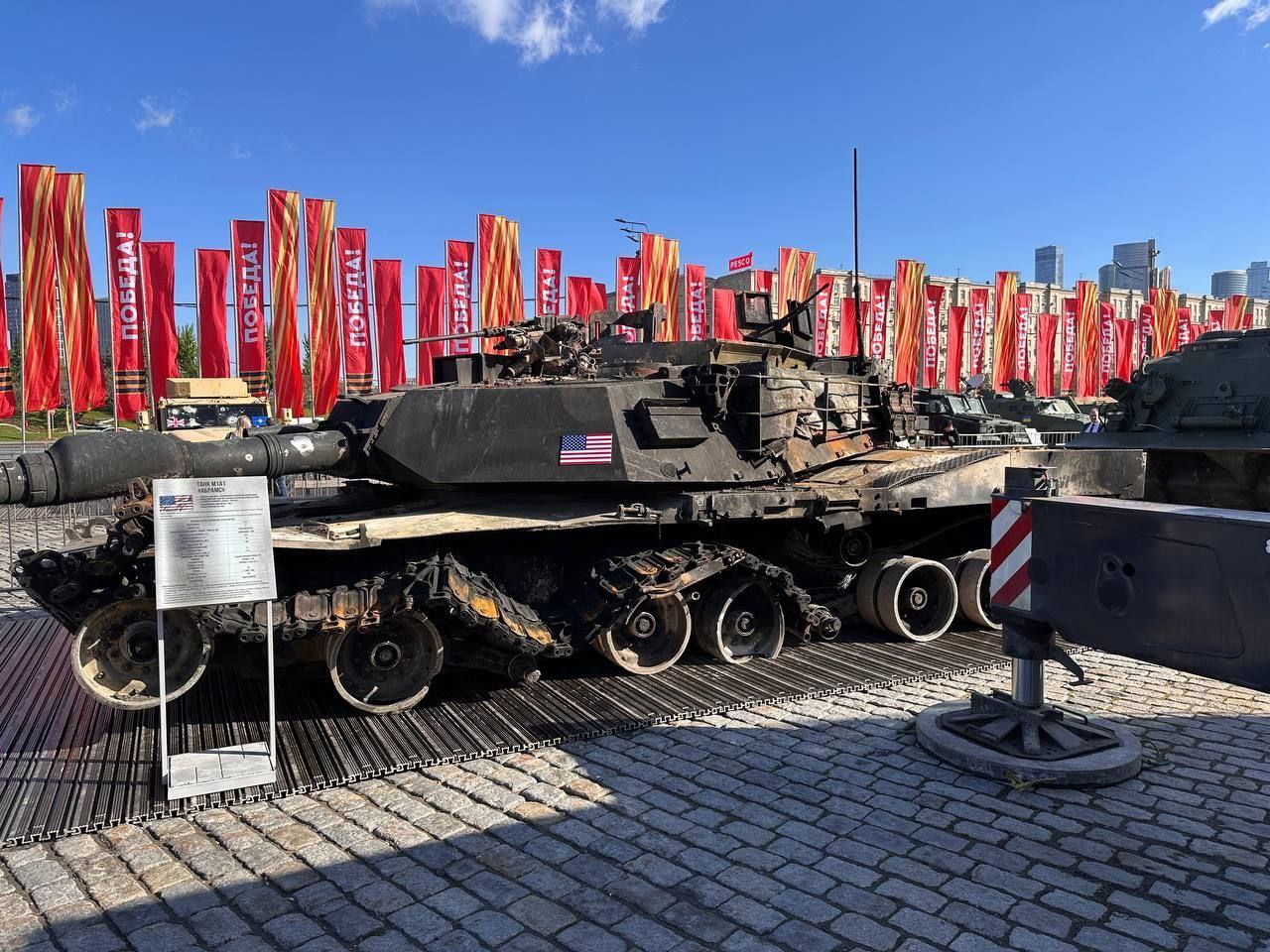In response to Ukrainian military complaints about the performance of US-supplied Abrams tanks, a retired US general has strongly defended the tanks, acknowledging their heavy maintenance but rejecting the criticisms as exaggerated. Ukrainian tank crews recently raised concerns about the Abrams tanks, citing issues such as armor inadequacy and engine problems, deeming them unsuitable for the combat conditions in Ukraine.
Ukrainian authorities have expressed dissatisfaction, pointing out the tanks' inability to withstand the terrain and conditions of the conflict zone. Crews reported various grievances, including armor that fails to meet modern standards, engine malfunctions, and electronics vulnerabilities due to condensation from rain or fog. Additionally, they noted that despite firing multiple rounds, some targets remained intact, questioning the tanks' combat effectiveness.
Retired US General Mark Hertling refuted these claims in an interview with CNN. Hertling, with three decades of service in Europe, dismissed the criticisms as exaggerated. He stated that the Abrams tanks were designed for a NATO environment and that he did not encounter the issues described by the Ukrainian crews during his tenure. He labeled the complaints about condensation, armor, and obstacle clearance as "bullshit" and attributed any perceived shortcomings to the crews' failure to select the right weapon systems and maintain the tanks properly.
Hertling emphasized that mechanical breakdowns are typical in tank operations and that disgruntled crew members might exaggerate issues. Despite knowing the maintenance demands, Ukraine had requested the Abrams tanks for military support.
Lessons from Ukraine for Future Abrams Tanks The deployment of Abrams tanks, specifically the M1A1 models, was intended to strengthen Ukraine's resistance against Russian forces. However, battlefield experiences have challenged their previously invincible reputation. After persistent appeals, the US agreed in January 2023 to send 31 Abrams tanks to Ukraine. By October 2023, all tanks had arrived, raising hopes for a strategic advantage.
Nevertheless, these tanks faced significant challenges, particularly from Russian drones, with at least five Abrams tanks reportedly destroyed. Recent images show Abrams tanks in Ukraine outfitted with anti-drone armor screens, though their effectiveness remains uncertain.
In response to the lessons learned from the conflict in Ukraine, the US military is accelerating efforts to incorporate these insights into the development of the next-generation Abrams tank. Brigadier General Geoffrey Norman, director of the Next-Generation Combat Vehicle Cross-Functional Team, acknowledged the Abrams' limitations against modern threats such as anti-tank missiles and drones. While the tank offers excellent protection against direct fire, it is vulnerable to top-attack threats.
Norman highlighted the Abrams' effectiveness in offensive maneuvers, emphasizing its mobility and firepower. However, he cautioned against stationary use, which increases vulnerability. To address these challenges, Army leaders are reevaluating formation options to distribute capabilities and protect soldiers.
In September 2023, following observations from the Ukrainian conflict, the US Army announced a shift in its tank modernization strategy. Instead of proceeding with the planned moderate upgrade (SEPv4), the Army opted for a more ambitious upgrade, the M1E3 Abrams, to be known as the M1A3 upon deployment. The new design aims for a lighter tank with enhanced survivability and a reduced logistical footprint. Details on the M1A3 are still being refined, with General Dynamics Land Systems (GDLS) serving as the prime contractor.

No comments:
Post a Comment